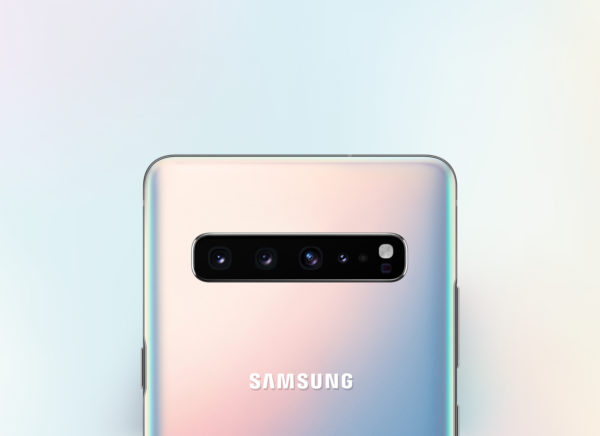
Reading the headlines on the world’s first 5G rollouts this week, consumers will be rather confused with the latest and much-hyped mobile technology to come their way.
This so-called fifth-gen mobile technology is being commercially launched first by South Korea’s SK Telecom, according to some reports.
Others say the United States’ Verizon just about beat the Koreans to it. Yet others, in updated articles, say SK Telecom moved its launch forward to get into pole position.
Whoever is first, one question that will leave many readers scratching their heads is the classic “so what”.
How does the new 5G technology impact the average mobile phone user and how will it change businesses, despite all the promises?
Whether it is the Koreans or Americans who got 5G out first is something for the history books. Of more practical impact is what the technology will do. Unfortunately, that’s very little, for now.
For starters, let’s look at the much talked-about download speeds. Promises have been made about 5G bringing anything from 20 to 100 times faster speeds than what is on 4G now.
Yet, look at the speeds that the first 5G services are delivering. Verizon is offering parts of Minneapolis and Chicago speeds of up to 1Gbps. That’s fast, but not that fast.
You can already get that speed on 4G now. In Singapore, telecom operators have been pushing speeds on their existing networks to 1Gbps since last year, albeit at selected areas of the island.
And to get an idea of the rather incomplete puzzle that 5G is right now, some early impressions of the Verizon launch in the US have been far from flattering (read CNet’s report here).
Now, 5G will eventually outstrip what 4G can offer. That’s a given when the technology matures over time, but right now, if you rush out to buy a 5G phone (in South Korea or the US), you won’t be getting a big speed boost.
And let’s not forget about phones. Right now, you can count on one hand the number of models that are out at launch. SK Telecom launched with a 5G version of Samsung’s Galaxy S10, while Verizon offered a Motorola add-on module. LG is expected to have a 5G phone later this month.
However, that’s hardly enough variety to get mainstream consumers onboard just yet. There will be geeks who want to be the first and are willing to pay the premium to be the first, but many consumers are likely to wait and see.
After all, there are many good 4G phones that have just been launched. Samsung’s Galaxy S10 comes in 4G too. Huawei’s P30 Pro, unveiled last week, supports 4G as well.
So, for folks who have bought these new models, there will be no rush to get onto 5G. Why spend more unless you can see a real difference?
This is not to say 5G will be a white elephant. Far from it, actually, but the current nascent version of the new technology will take a while to gain traction.
The big thing about 5G actually isn’t its faster download speeds but its low latency. In other words, there’s very little lag in the connections between two persons or things.
This means you can remotely control a machine through a 5G link. This can be a robotic arm used for surgery or even an excavator used to dig up soil. You can control these machines remotely – and precisely – with commands that are sent over the air with very little lag.
Perhaps more importantly, 5G presents a whole new way of running a network for telcos.
Instead of building everything up before launching a service, they can upgrade their networks in more modular form. They can smartly control the parts that need to be upgraded, for example, and add new services more flexibly and quickly.
They can run things more simply, efficiently and cost effectively. They can also cater to more users with the new technology, because it is built for dense areas with thousands of people and devices connecting at once.
Now, all these improvements may not seem as “sexy” as being able to download a movie in the blink of an eye, but they will eventually lead to a lot of new uses.
Some experts have predicted that autonomous cars, which require really low latency, will make use of 5G to find their way around town.
Others say a new Internet of Things (IoT), made up of sensors ranging from our smartwatches to surveillance cameras and motion sensors, will make use of the increased capacity offered by 5G.
Yet others believe that virtual reality will become popular because 5G offers a fast and convenient connection to stream all the high-resolution images needed for immersion.
Truth be told, many of tomorrow’s 5G uses are yet to be created. When the first 3G services were launched around 2001, YouTube wasn’t even there yet. Certainly, not many people knew then that video and music streaming would be such a big thing on the go.
While the 5G launches this week are momentous in that they are the first, the impact they will make in the short term is limited.
Good news is, when Singapore telcos launch 5G next year, the technology would have matured a bit more. Bugs would have been ironed out.
Plus, there will be more phones to choose from and businesses will find better use cases to jump on the bandwagon. Yes, good things often take time.






